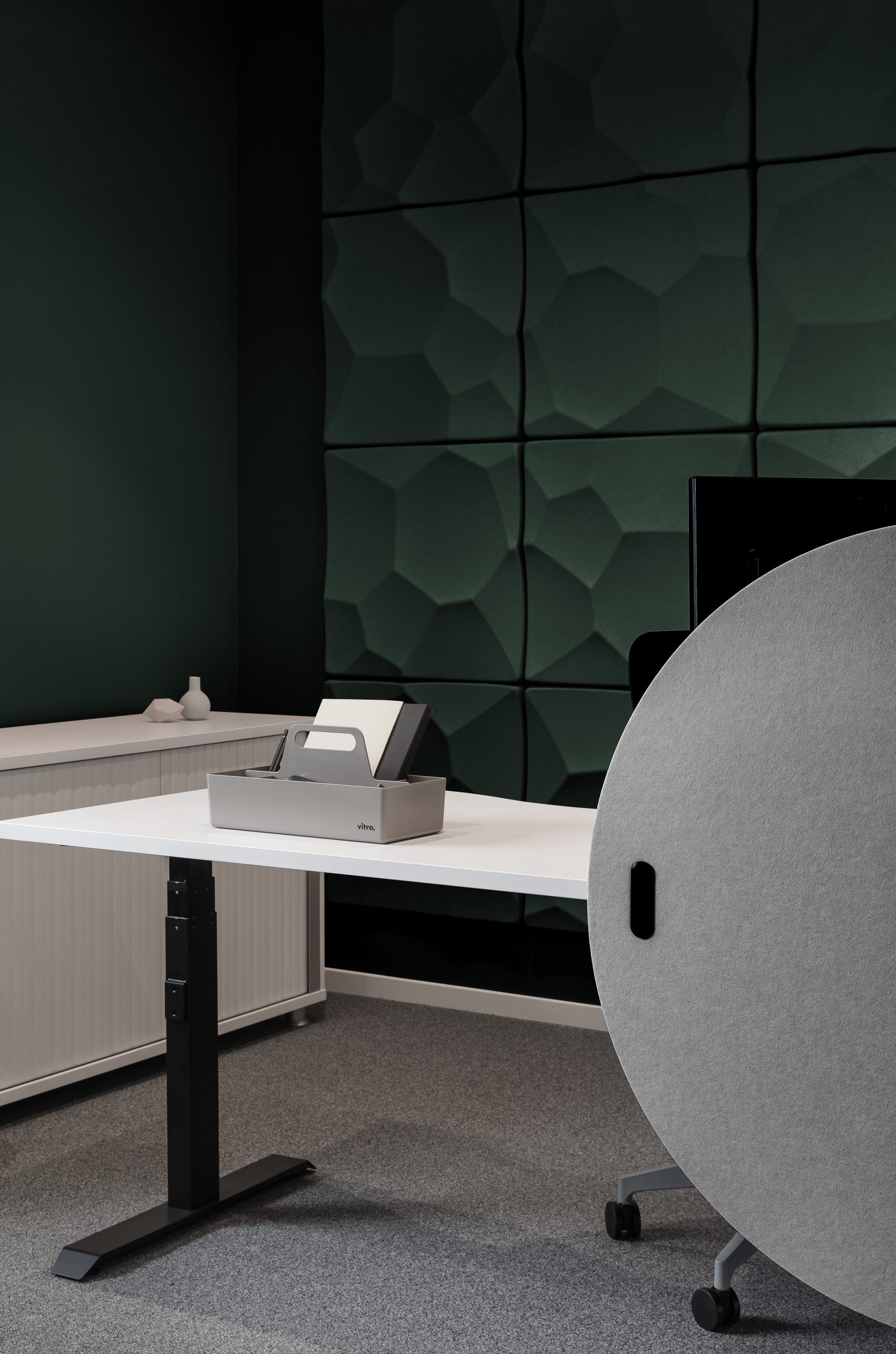The best discounts this week
Every week you can find the best discounts here.
1. Introduction:
Acoustic materials play a crucial role in shaping our auditory experiences in various environments, from concert halls to office spaces. As technology continues to advance, innovations in acoustic materials are becoming increasingly important. In this article, we will explore some of the key developments to watch in the future of acoustic materials, with a focus on what to expect in 2024.
2. Sustainable Materials:
One of the biggest trends in acoustic materials is the shift towards sustainability. In 2024, we can expect to see an increase in the use of eco-friendly materials that minimize environmental impact. This includes materials made from recycled or renewable sources, as well as products that are designed for easy recycling at the end of their lifecycle.
3. Advanced Sound Absorption:
Advancements in sound absorption technology are also on the horizon. In 2024, we may see the development of materials that are even more effective at reducing noise levels in various settings. This could include innovative designs that trap sound waves more efficiently, as well as materials that can be tailored to specific frequencies for optimal performance.
4. Smart Acoustic Materials:
With the rise of the Internet of Things (IoT), smart acoustic materials are likely to become more prevalent in 2024. These materials can adjust their properties in real-time based on environmental conditions, such as noise levels or temperature. This could lead to more dynamic and adaptive acoustic solutions that offer greater flexibility and control.
5. Nanotechnology:
Nanotechnology is another area of research that holds promise for the future of acoustic materials. By manipulating materials at the nanoscale, researchers can create structures with unique acoustic properties. In 2024, we may see the commercialization of nanomaterials that offer enhanced sound absorption or insulation capabilities.
6. Integration with Design:
Lastly, the integration of acoustic materials with design is expected to continue to be a major trend in 2024. Architects and designers are increasingly incorporating acoustic solutions into their projects from the outset, rather than treating them as an afterthought. This holistic approach to design can lead to spaces that not only look great but also sound great.
In conclusion, the future of acoustic materials is bright, with innovations on the horizon that promise to transform the way we experience sound in our everyday lives. By keeping an eye on these developments, we can look forward to a more harmonious and acoustically pleasing future.






